Historic moment as Unit 7 is synchronised successfully
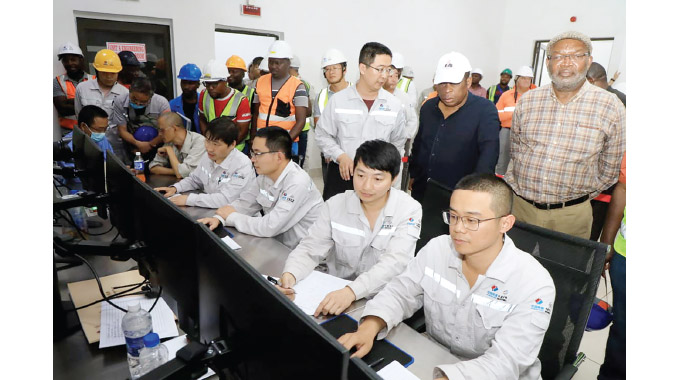
Africa Moyo in Hwange
It was a historic moment yesterday evening here when one of the Second Republic’s signature projects, the Hwange Thermal Power Station’s Unit 7 was successfully synchronised with the national grid, and started feeding electricity.
At 6:25pm, the control room at Hwange Power Station burst into celebrations, with engineers; young and old, foreign and local, clapping hands, whistling, ululating and others stomping the ground, as they expressed their joy following the historic moment.
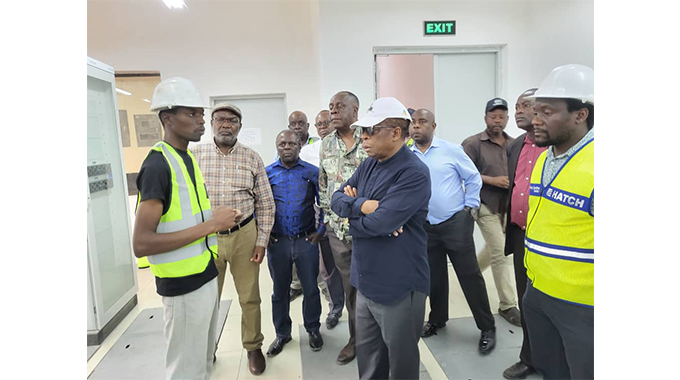
Tour of Hwange Unit 7
For the better part of the day, engineers were pacing up and down, just to make sure everything was in order for a successful synchronisation of Unit 7 with the national grid.
In simple terms, the synchronisation sought to establish if the electricity being generated from Unit 7 would flow seamlessly into the national grid.
So, the process had to be thorough to ensure the problems encountered in South Africa and Botswana when they hurried their synchronisation, would not be replicated in Zimbabwe.
In fact, in 1984, four engineers were electrocuted at Hwange Power Station when they synchronised a system that was not yet ready.
Yesterday’s process went well and after 20 minutes of the synchronisation, 41MW of electricity were being fed into the grid.
It was hoped that up to 100MW would be fed into the grid from Unit 7 later yesterday, with electricity consumers benefiting from the increased power generation.
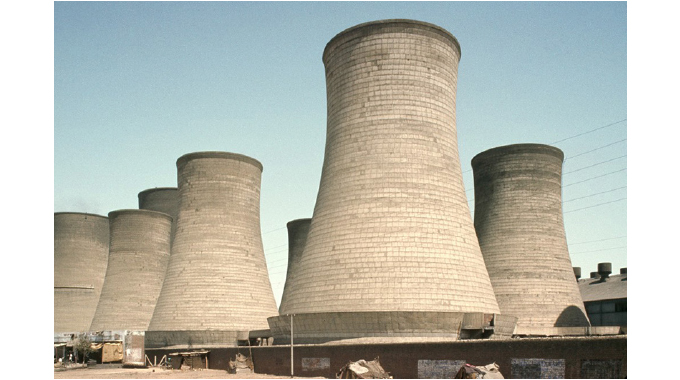
Hwange Power Station
However, six hours from the time the synchronisation started, the engineers were going to switch off Unit 7 and conduct checks on the system if any leaks and other challenges were experienced.
The checks would be conducted for 12 hours,and thereafter, Unit 7 would be brought back onto the grid and be allowed to generate electricity again.
Expectations are that by June this year, everything would have been put in place to ensure the installed capacity of 300MW would be achieved, and President Mnangagwa would then officially commission the project.
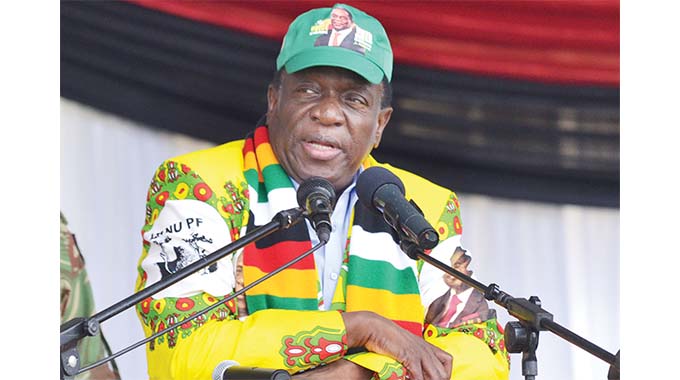
President Mnangagwa
But when he eventually comes to commission the project, President Mnangagwa would be thrilled to realise that his desire to empower young people with skills and allow them to do what they can in developing their own country, is paying off given the high number of young engineers working at the expansion project.
The project manager, Engineer Forbes Chanakira, who learnt at the University of Zimbabwe, only turns 41 next Monday.

Exterior achitecture of the newly established hwange unit 7 and 8
In an interview after the synchronisation, Zesa Holdings executive chairman Dr Sydney Gata said a number of tests were done to ensure everything was above board.
He likened the amount of work put into commissioning a thermal power station to an “open heart surgery”.
“The synchronisation has been successful and I am happy. As Zesa we are proud of this event,” said Dr Gata.

Gata greet Sino hydro chinese workers on arrival to lead proceedings at the sychronization of unit 7 into the national grid
“We can gladly say we have a viable investment here. The rest of the tests can now be concluded while the unit is now generating electricity and soon we shall be enjoying more electricity.”
Dr Gata paid tribute to the engineers that have been working tirelessly to ensure the success of the project.

Zesa Holding executive chairman Dr Sydney Gata
Further, he saluted President Mnangagwa for unlocking the US$1,4 billion from China, which is funding the expansion of Hwange Power Station.
“The plant was well designed and well constructed. Today we have been able to synchronise it with the national grid.

Gata and amos marawa listen to Protection EngineerTawanda mufundisi (right) on how substation protection panels work
“I pay tribute to the project manager Engineer Forbes Chanakira and a team of nearly 200 young engineers for a job well done,” said Dr Gata.
Zimbabwe had sought funding from China for the expansion project, but for over a decade, the Chinese could not loosen the purse strings, and it only took the first overseas State visit by President Mnangagwa to unlock the US$1,4 billion required, and the project started in August 2018, but was affected by a number of unforeseen events such as the Covid-19 outbreak.

Money – Image taken from Pixabay
National Coordinator responsible for programmes and projects in the Office of the President and Cabinet Engineer Amos Marawa, who was also present when history was made, said: “First and foremost I want to thank the team here at Zesa for this milestone of synchronisation.
“As Government, this is one of our flagship projects as power is critical for the attainment of our national development targets in line with Vision 2030. We are happy that as the system is being perfected, we will be getting electricity during that period.
“In June, we should have 300MW that we will be feeding into the grid. Unit 8 should also be done by October and our country will have more electricity being generated.”
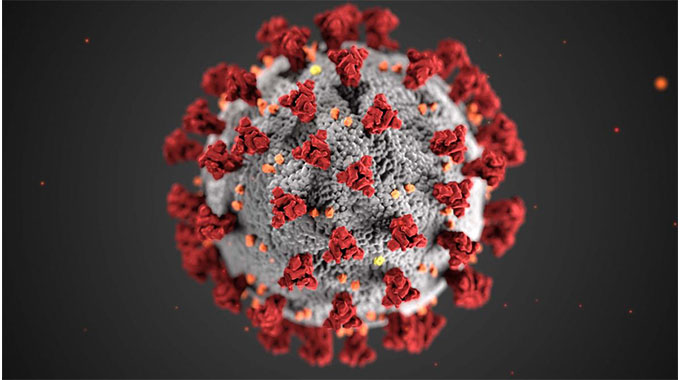
Engineer Marawa challenged Zesa to now swiftly start rehabilitating the other six units to ensure they are in good stead to generate more electricity.
Before the expansion project, Hwange Power Station had an installed capacity of 920MW and the addition of 600MW from Units 7 and 8 will take the installed capacity to 1 520MW.
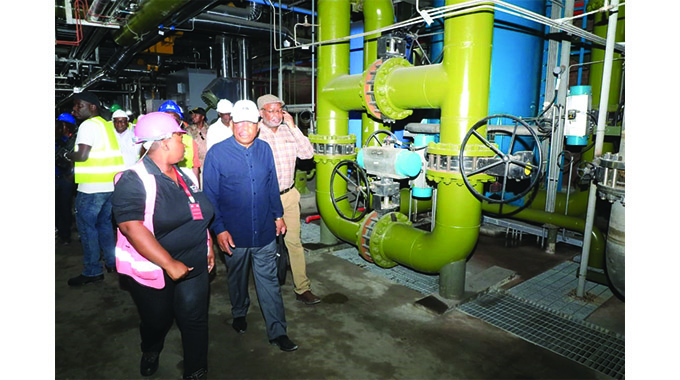
Dr Gata and Amos Marowa inside unit 7 plant
With Kariba South having already been expanded, resulting in the addition of 300MW into the grid to take the installed capacity to 1 050MW, more electricity will now be generated to support the rising demand for energy in the country following the coming in of new companies in the manufacturing, tourism, mining, services and agriculture sectors.

Kariba Power Station
Companies that were already in existence have also increased capacity, and therefore, demand more electricity, to enable the attainment of a prosperous upper middle income society, which is predicated on increased production in all sectors of the economy.
Over 20 big mining companies are on the waiting list for electricity, making the increase in power generation a welcome development.
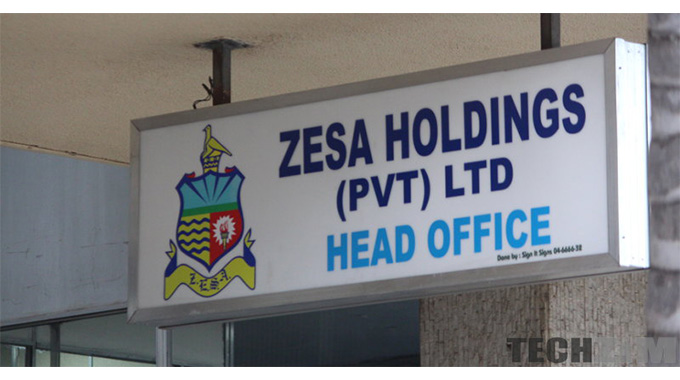
Zesa
Engineer David Mvura, a young Zimbabwean engineer formerly with Zesa who once worked for South Africa’s Eskom, but now a consultant, helped with critical knowledge on protection settings when progress had stalled due to the technology being used.
He said he was happy to have participated in the project.
“I am happy that this project has succeeded. It was a lot of hard work and all is in place now,” he said.
A lot more young people, including interns, are at Hwange Power Station for the project.


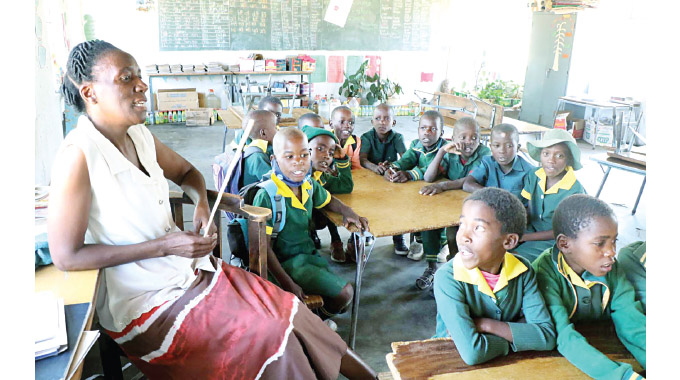

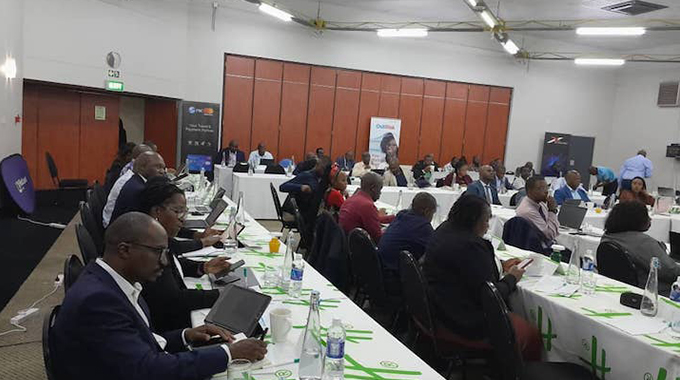
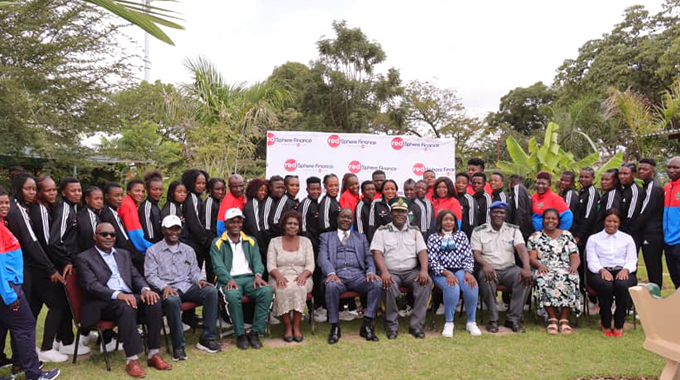






Comments